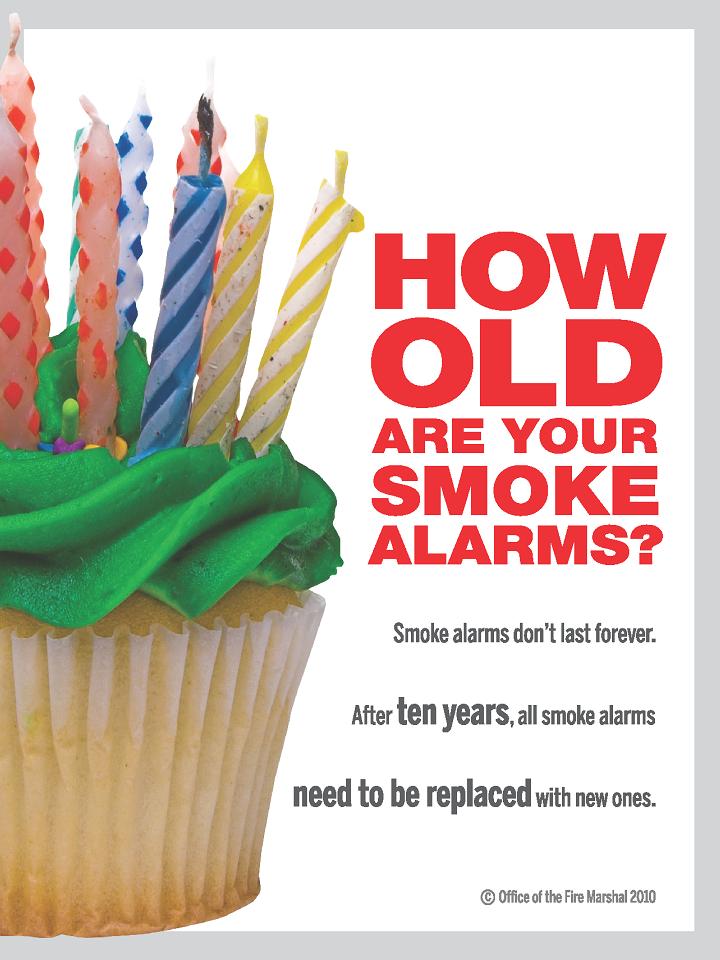
Recent newspaper articles continue to make claims that smoke alarms utilizing ionization technology are less effective than photoelectric type smoke alarms. Claims are generally made about significantly delayed response times from ionization alarms as determined through testing or studies by various people, predominantly in the U.S.A. Many of these articles go on to suggest that people should replace their ionization smoke alarms with photoelectric or combination units.
The Office of the Fire Marshal (OFM) would like to stress to the fire service that the public needs to be provided with properly balanced, accurate information. Scientifically-based testing conducted by the Underwriters Laboratories of Canada (ULC) and Underwriters Laboratories Incorporated (UL) measures the performance of both types of smoke alarms against internationally developed and approved standards. This testing continues to demonstrate that both ionization and photoelectric smoke alarms that meet these standards will respond as early warning devices well before a fire situation gets to be untenable and can provide sufficient time for escape. Quite simply, the science does not support claims that ionization smoke alarms are less effective than photoelectric alarms.
Because ionization and photoelectric alarms operate on different principles they may respond differently to various fire conditions. However, it is important for the public to understand that regardless of the type of technology used, both alarms are tested to the same standard and must meet the same level of performance to achieve ULC listing. Since one cannot predict the type of fire that may occur, installing both types of alarms can enhance fire safety.
When purchasing smoke alarms, consumers should look for a product which bears the mark of an accredited certification organization. This signifies that the unit has been manufactured and tested to an acceptable Canadian standard. Two examples of such marks are as follows:
Rather than the type of smoke alarm technology people have, the OFM feels that a much more important issue is the number of people that die in fires occuring in homes that are not equipped with working smoke alarms. In Ontario, between 2005 and 2009, 63 fire fatalities occurred in preventable residential fires in homes where smoke alarms were either missing, had dead batteries or no batteries installed at all.
The Fire Service believes that it is extremely important to continue our efforts to educate the public on how to prevent fires from occuring in the home, as well as the need to install and maintain working smoke alarms.